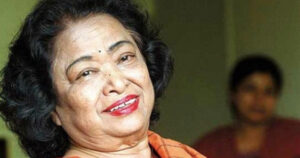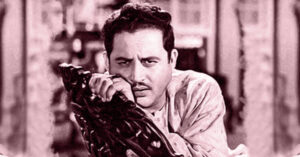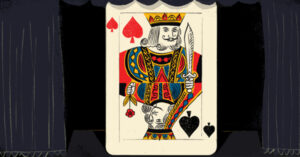A Problem of Plenty
In a densely populated country like India, currently ranked second in the list of the world’s most populated countries, it is not surprising to find a large population of professional Hindustani classical musicians, many of whom are struggling to find adequate performance and livelihood opportunities that are clearly in short supply. Simply put, we face a situation where we have too many artistes and not enough opportunities for all of them to earn a decent livelihood through a full-time commitment to music. How do artistes and practitioners of classical music deal with this situation, and how do they negotiate these challenges ?
Generations of classical musicians have had to come up with different strategies and efforts to be featured in concerts and festivals, because it is only a handful of star musicians who find themselves inundated with concert offers. Others must fend for themselves, and have done so for ages. This is by no means a comprehensive guide to the tricks of the trade, but an insider peek into some of the many strategies adopted by classical musicians in the past, and some more recent tactics that have found favour in the field.
Until the recent past, identifying patrons with enormous wealth and influence as well as some degree of interest in music, and finding favour with them, was an accepted method of acquiring stability and certainty in a profession that does not offer a regular and secure income. Wealthy patrons have, for generations, gifted land or residential apartments for their favourite musicians, and while their largesse remains unacknowledged publicly, everyone in the ecosystem is aware of these artiste-patron relationships. Corporate giants have, in the past, funded gurukuls, festivals of music organised by their preferred artistes, and if unverified stories are to be believed, they have even provided monthly stipends to the artistes they support. But at times, as with all human encounters and associations, these partnerships or relationships can turn sour and when that happens, things can get ugly.
Until the recent past, identifying patrons with enormous wealth and influence as well as some degree of interest in music, and finding favour with them, was an accepted method of acquiring stability and certainty in a profession that does not offer a regular and secure income. Wealthy patrons have, for generations, gifted land or residential apartments for their favourite musicians, and while their largesse remains unacknowledged publicly, everyone in the ecosystem is aware of these artiste-patron relationships. Corporate giants have, in the past, funded gurukuls, festivals of music organised by their preferred artistes, and if unverified stories are to be believed, they have even provided monthly stipends to the artistes they support.
I have heard in the corridors of the whisper society that a patron would initially call major festival organisers and pay them generous sponsorship amounts for featuring their preferred artiste. Later, when there was a fallout with said artiste, the irate patron continued to call organisers and offer generous sponsorship amounts, but now on the condition that they not invite or feature said artiste.
Aligning with god-men and god-women with millions of followers, many of whom are wealthy and influential, has also proved to be beneficial for many artistes. Without wishing to doubt or disparage any artiste’s true devotion to religious and spiritual leaders, it remains a well known fact that the lure of overseas tours alongside satsangs/sermons by the gurus, teaching assignments in music schools either run by god-people or their followers and devotees, as well as other breaks and goodies, have often lured artistes into associating with the realm of the spiritual. One has heard stories of several leading artistes receiving expensive cars, diamond jewellery, luxury watches etc as dakshina from the head of a religious sect, who sent members of his sect for taaleem to them.
For a long time now, an exchange programme of sorts has also found favour with artistes as a means of getting more concert opportunities. This entails the establishing of an organisation or not-for-profit entity by an artiste. Festivals and events organised by the artiste and associated organisation feature other artistes, who are then expected to invite the artiste-organiser in return when they organise their own festivals and events. It is easy to spot the exchange programming and collaborations by merely following posters and invitations about events in India. X artiste from let’s say, Madhya Pradesh will invite Y artiste from Maharashtra for example, and when Y organises a festival in Maharashtra, X from Madhya Pradesh will be invited in return, and it’s a happy exchange all the way. Often these events are not financially beneficial for featured artistes, but they are concert opportunities nevertheless.
In more recent times, social media is believed to be playing a significant role in the lives of professional artistes. Some festival organisers are said to be preferential towards artistes who have a large number of social media followers, and who could be social media influencers. Indeed, there are several classical musicians on social media, who have millions of followers and zillions of likes and views on their social media posts, but who are also extremely talented and meritorious musically. Having said that, it would be a sad day for Hindustani classical music if artistes were to be featured not for their musical merit, but solely on the basis of the number of social media followers they are able to garner or pay for.
Change is, of course, inevitable, and artistes have always adapted to changes in technology and musical preferences. But for music to flourish, it is music and musical merit that should remain a priority for all stakeholders, not extraneous extra musical factors.
Illustration by Anustup Sen





